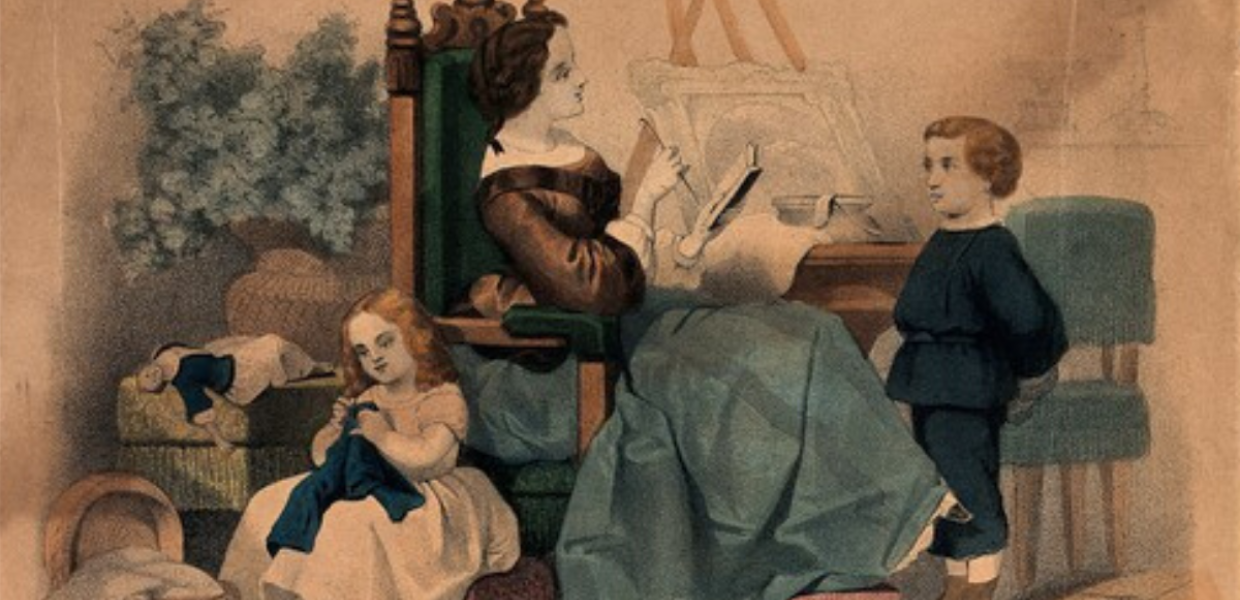The new Europeana website from a teacher’s perspective
This month on Europeana Pro we are exploring how the relaunched Europeana website helps audiences to explore the wealth of Europe’s cultural heritage. In this post, we hear from Theodora Gkeniou, Europeana ambassador and English language teacher in Greece, about how the new website supports teachers and educators to bring cultural heritage into their work.
A new section devoted to teachers
Cultural heritage can be a catalyst of change in education, by providing a common ground for innovation, collaboration and respect among European countries and their citizens. As an English and History teacher in secondary education, I have been using Europeana collections in my classes for a few years, and created the learning scenario The Great War through children's eyes with sources from Europeana (including soldiers' letters, photos, maps, family memorabilia, blog posts and related thematic galleries).
Through activities such as this, I am familiar with the collections, blogs, galleries and exhibitions of the Europeana website. However, previously when I looked for specific content on the website I often had to spend time browsing to find material that suited my needs. So I was delighted when I first visited the demo version of the new Europeana collections and spotted Europeana Classroom, which features learning scenarios, resources, games, training tools and more.
Providing interconnected content
Europeana Classroom is particularly useful in the way that it gathers resources related to featured topics, offering a new, interconnected way of browsing content. For example, if you were to browse the section on Women’s History you will find not only links to galleries but also to Europeana Education learning scenarios and other complementary resources including interviews, tools from Historiana and relevant blog posts.
Training tools and guides for educators
Europeana Classroom also offers a ‘Training Tools’ section which includes a guide for educators (in 12 different languages) introducing the basic principles of searching for and using Europeana’s content in education. The Historiana Teacher Training Guide 2020 also contains eLearning Activities (particularly relevant in the current period), MOOCs in five languages and GIF tutorials. Webinars (in 12 languages) which have been recorded by the Europeana Ambassadors are readily available for us all!
In addition to training for teachers, there are games for primary school classes (including Art Faces) and competitions such as ‘Transcribathon’ which are suitable for our teenage students. For STEM inquiry-based learning projects, you can watch the videos, made with Europeana, about steam engines and how they work.
A new way of exploring the collections
The refreshed layout of the main site is also helpful in how it corresponds to thematic areas, which can be associated with a variety of school subjects. When opting to search a collection, I also find the ‘Can I re-use it’ button - which helps you to filter based on the licensing attached to different images - very helpful. My students and I often discuss when, how, and where they can source openly licensed images, and the prominence of these filters will definitely make our lives easier in the classroom!
All in all, the simplicity of the new platform brings forth the most contemporary and interdisciplinary connections among otherwise scattered material, with a view to becoming a cutting-edge innovation in the field of cultural heritage aggregators and their pedagogical impact. It offers an excellent opportunity to access digitised, authentic, original, multicultural content, which can be a treasure trove of knowledge in any subject, be it language courses or science, technology, social sciences and fine arts.


